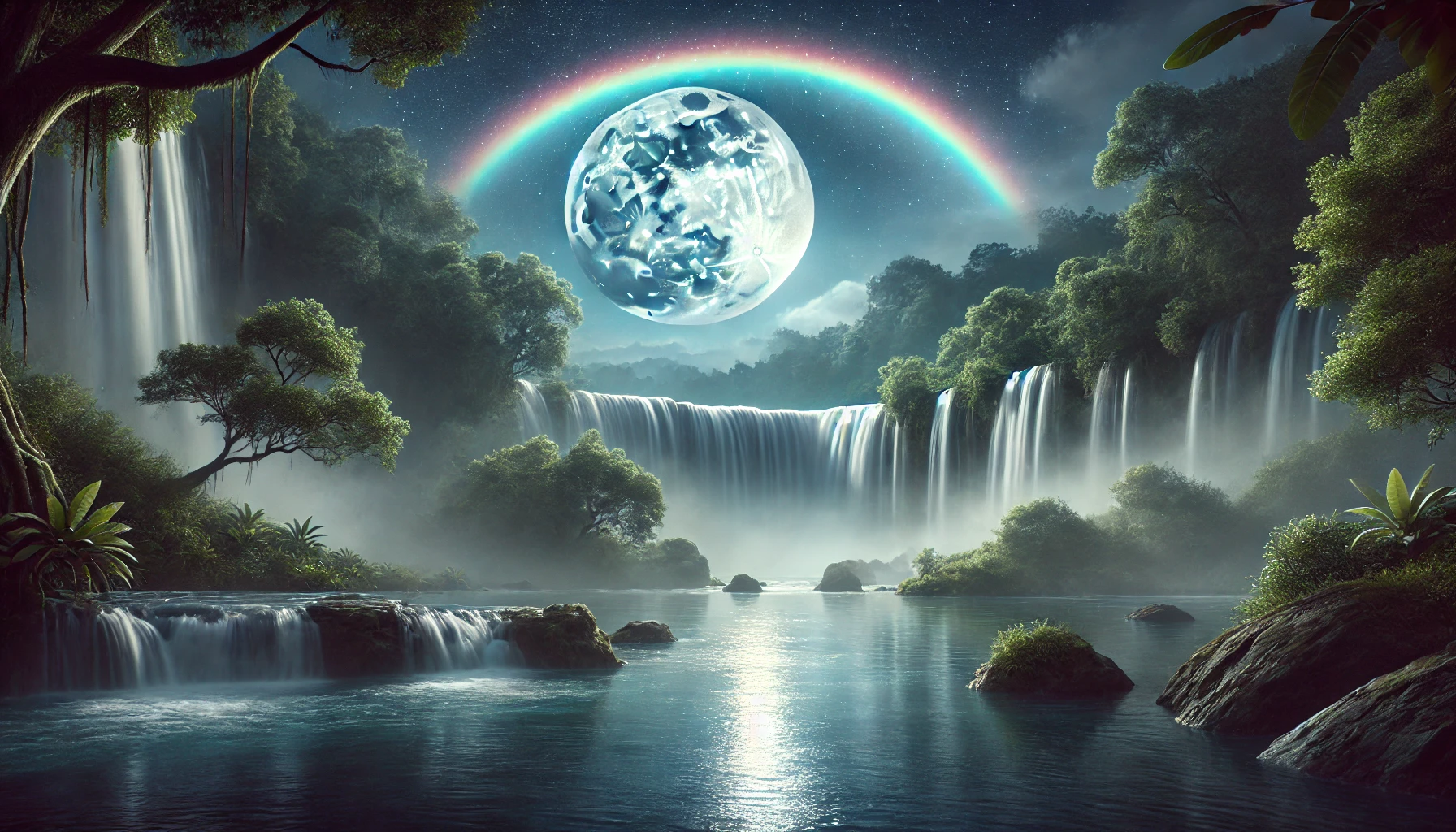Moonbows, also known as lunar rainbows, are a rare and enchanting natural phenomenon that occurs when moonlight refracts and reflects through water droplets, creating a rainbow-like arc in the night sky. These ethereal displays captivate stargazers and photographers alike, offering a glimpse of nature’s magic after dark.
What Is a Moonbow?
A moonbow is essentially a rainbow that forms at night. Unlike rainbows created by sunlight, moonbows are produced by the much fainter light of the moon. They are often visible as a white arc to the naked eye, but with long exposure photography, their full spectrum of colors can be revealed.
How Do Moonbows Form?
- Bright Moonlight: A nearly full moon provides the necessary light intensity.
- Water Droplets: Rain or mist from waterfalls acts as the medium for refraction and reflection.
- Optimal Angles: The moon must be low in the sky (less than 42 degrees) to create the right conditions.
Famous Locations to See Moonbows
- Victoria Falls, Zambia/Zimbabwe
- Known for spectacular moonbows during the full moon.
- Cumberland Falls, USA
- Dubbed the “Niagara of the South,” it’s famous for its regular lunar rainbows.
- Waimea, Hawaii, USA
- Frequent moonbows appear over the island’s misty landscapes.
- Yosemite National Park, USA
- Moonbows form in the mist of waterfalls like Yosemite Falls.
Best Times to Witness a Moonbow
- Full Moon Nights: A bright, clear sky during a full moon provides optimal conditions.
- Rain or Water Mist: Rain showers or mist from waterfalls enhance the chance of seeing a moonbow.
- Low Light Pollution: Remote locations with minimal artificial light offer the best visibility.
Tips for Photographing Moonbows
- Use a Tripod: Essential for capturing long exposure shots.
- Adjust ISO and Shutter Speed: High ISO and slow shutter speeds help reveal the moonbow’s colors.
- Frame the Scene: Include surrounding landscapes for a dramatic effect.
Why Are Moonbows Special?
- Rarity: Moonbows require a unique combination of moonlight, moisture, and atmospheric conditions, making them an uncommon sight.
- Spiritual Significance: Many cultures view moonbows as symbols of peace and mystery.
- Scientific Insight: They showcase the interaction of light and water, much like their daytime counterparts.
Moonbows are a testament to the subtle and intricate beauty of the natural world. Whether you’re an avid sky watcher, a photographer, or simply someone seeking a serene experience, witnessing a moonbow is a magical encounter you won’t forget.


My husband and I witnessed a moon bow in the Hexriver Valley, Western Cape, South Africa on Saturday night 9 August around 20:00. We were totally ecstatic when we learned what we saw and exactly how rare this phenomenon is. No one whom we told about it has ever heard about a rainbow at night.
Many blessings
How lucky you are!